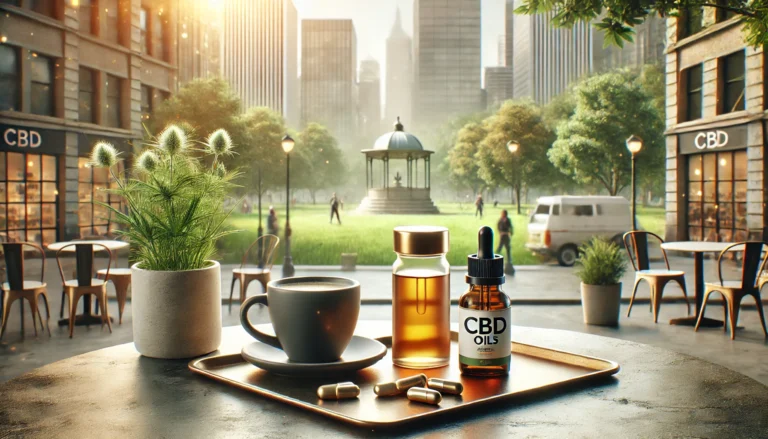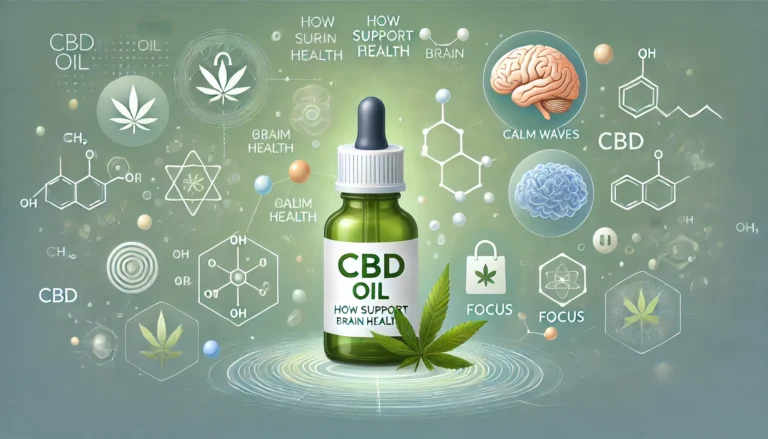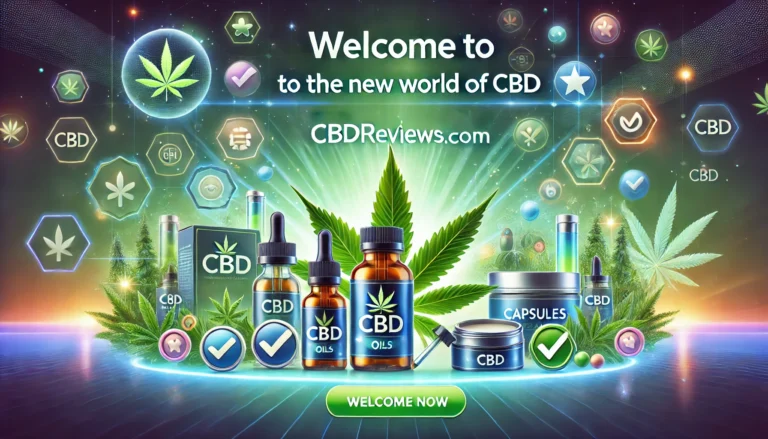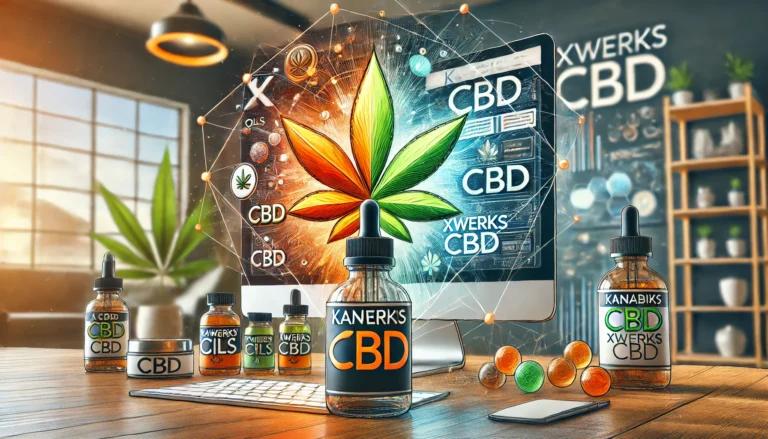What it is:
Cannabidiol (CBD) is a natural compound found in the cannabis plant. Unlike tetrahydrocannabinol (THC), CBD is nonpsychoactive, meaning it does not cause the „high” associated with cannabis use. It can be extracted from either hemp (a variety of Cannabis sativa) or cannabis plants.
How it works:
CBD interacts with the endocannabinoid system (ECS), a regulatory system in the body responsible for maintaining balance in key bodily functions such as mood, sleep, appetite, and pain. CBD binds to CB1 and CB2 receptors in the ECS and may also affect other receptors such as serotonin and opioid receptors, which can influence pain, inflammation, and mood regulation.
Benefits:
While more research is needed, some potential benefits of CBD include:
- Pain relief: May help with chronic pain and inflammation.
- Anxiety and depression: Early studies suggest CBD may reduce anxiety and improve mood.
- Epilepsy: The FDA-approved drug Epidiolex treats certain seizure disorders, like Lennox-Gastaut and Dravet syndromes.
- Anti-inflammatory: May reduce inflammation in conditions like arthritis.
- Cancer symptoms: Preliminary studies suggest CBD may help alleviate side effects of cancer treatment, such as nausea.
Side effects:
CBD is generally well-tolerated, but some people may experience side effects, such as:
- Dry mouth
- Diarrhea
- Decreased appetite
- Drowsiness
- Fatigue
- Interactions with other medications, including blood thinners.
Always check with a healthcare provider before using CBD, especially if you are on other medications, to avoid potential drug interactions.
Methods:
CBD is available in various forms, each with its advantages:
- Topical and transdermal: Balms, creams, and patches for localized pain relief.
- Sublingual: Oils and tinctures applied under the tongue for fast absorption.
- Oral: Capsules, gummies, and edibles for longer-lasting effects, though they take longer to take effect.
- Inhalation: Smoking or vaping offers quick effects but may pose risks to lung health.
Dosage:
There is no universal dose for CBD, as individual tolerance and conditions vary. A good approach is to „start low and go slow”:
- Start with a low dose, such as 5-10 mg, and gradually increase until the desired effects are achieved.
- Consult with a healthcare professional, especially if you have underlying conditions or are taking other medications.
FAQ:
- Is CBD the same as cannabis? No, CBD is a compound found in cannabis, but unlike THC, it does not cause a high.
- Is CBD considered a drug? CBD is classified as a dietary supplement unless it is in an FDA-approved drug like Epidiolex.
- What’s the difference between hemp and cannabis CBD? Hemp-derived CBD comes from cannabis plants containing less than 0.3% THC, while cannabis-derived CBD may contain higher levels of THC.
- Is CBD safe to use? While generally considered safe, the long-term effects of CBD are not fully known. Stick with lab-tested products to ensure quality and safety.
Takeaway:
CBD shows promise for helping with various physical and mental health conditions, but research is still ongoing. It’s important to choose high-quality, third-party tested CBD products and start with a low dose to monitor how your body responds. While CBD is legal at the federal level as long as it contains less than 0.3% THC, state laws vary, so check local regulations.
For more in-depth product reviews and information on CBD, it’s always a good idea to explore reputable sources and consult with healthcare professionals before incorporating CBD into your routine.



